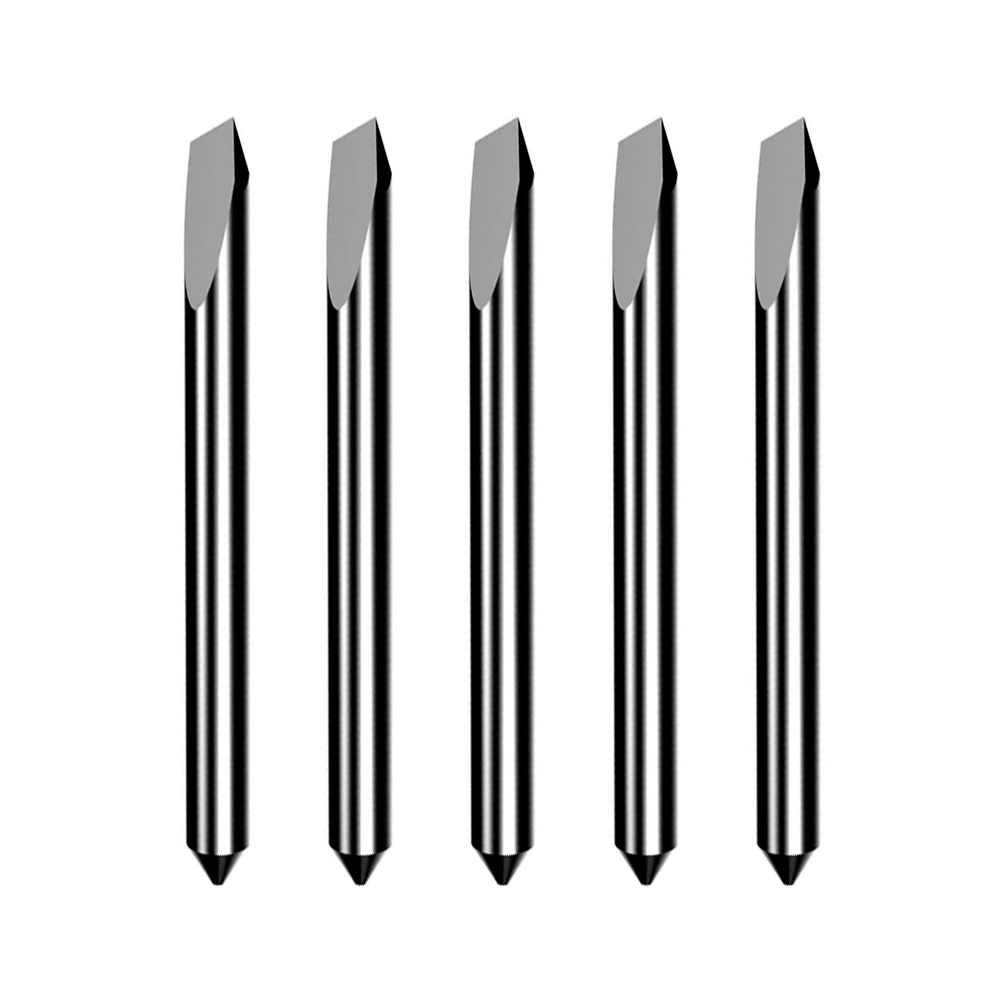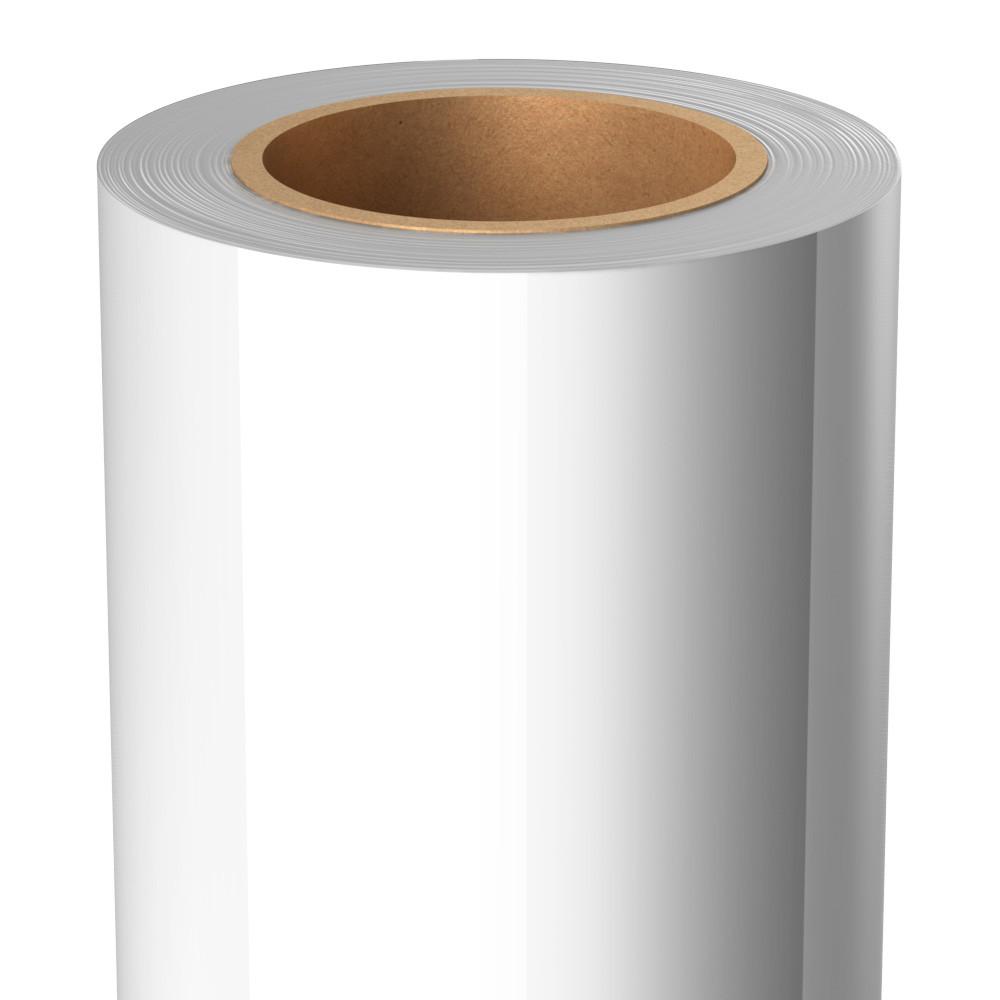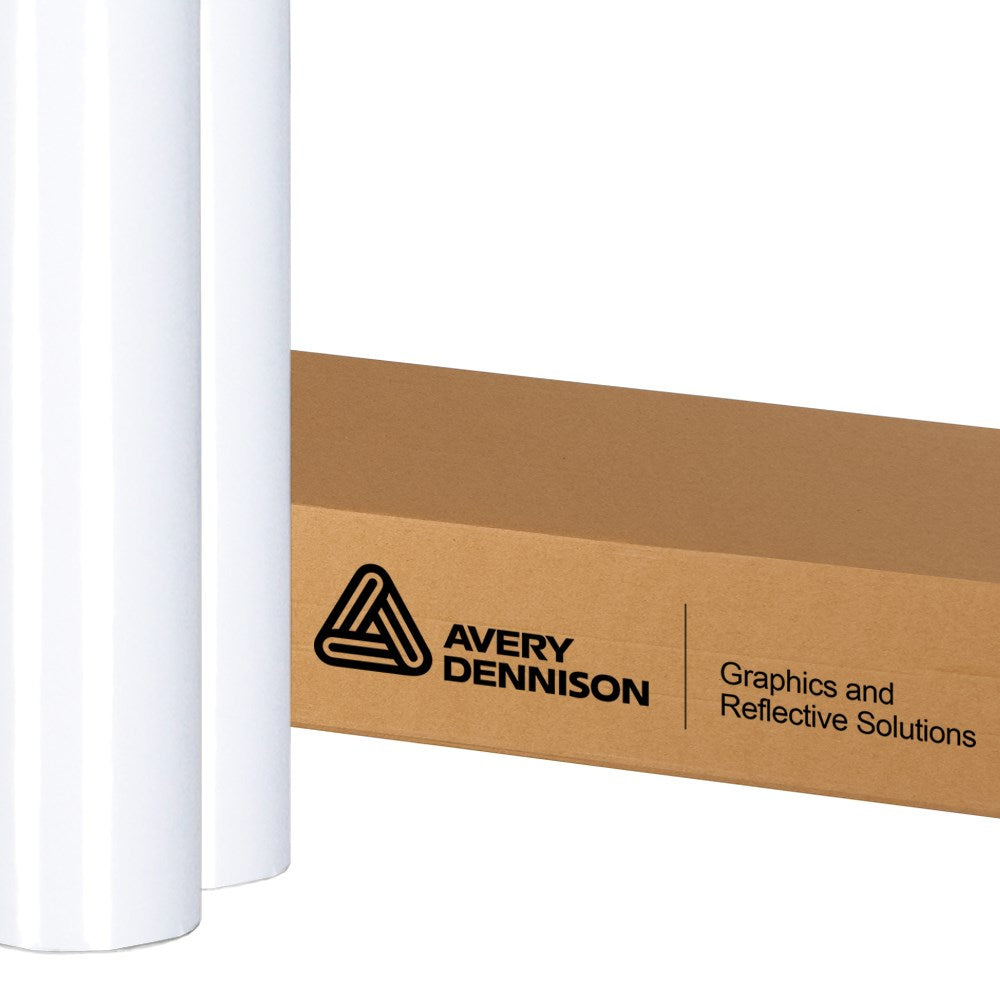Flatbed die-cutting is great for processing thick products, producing large projects, and short production runs. It works on a wide range of materials, too, making it versatile enough to be applied to a variety of manufacturing applications.
To ensure that your flatbed die-cutting projects are pristine, you must employ a breakthrough cutting solution, like the Summa Flatbed Cutters from AirMark, to do the job.
What Is Flatbed Die-Cutting?
Flatbed die cutting is a process that involves cutting out a shape with an automated moving blade. It’s designed to cut various materials, including sheets, rigid applications, and roll stock. It’s incredibly versatile and flexible, making it a great tool for all media handling jobs. You can use die-cutting for signs and displays, and even textiles and packaging.
When comparing rotary versus flatbed die-cutting, the latter is the preferred method for low-volume projects of consistent cuts, large-sized projects, and cutting thick (over one-eighth of an inch) or multiple sheets.
Benefits of Flatbed Die-Cutting
Flatbed die-cutting is incredibly flexible and can be used in multiple applications. Here are some reasons why you should employ it in your next project:
Material Versatility
Flatbed die-cutters can cut intricate, custom designs in a wide range of materials, including paper, fabric, plastic, foam, foil, metal, composites, and laminates, in larger and thicker sizes. It’s also capable of converting both roll and sheet material, plus, it offers more accommodating size limitations.
Precision Cutting
The cuts produced by flatbed die-cutters are very sharp and crisp, even for thick materials. Equipment like the Summa Flatbed Cutters from Airmark have tools like positioning lasers, integrated camera systems, and high-tech matching tools for power and precision.
Flexible Efficiency
Flatbed die-cutters, such as Summa’s Flatbed Cutters, can pile on additional features that can make them extra efficient. You can play around with different tools that can make the machine faster, more agile, more precise, etc., accelerating workflows to up to 40%.
How Does Flatbed Die-Cutting Work?
Flatbed die-cutting works by cutting out a shape with a moving blade, such as a uniquely-shaped decal cut out of vinyl. It can be fitted with different modules, allowing you to work with a variety of applications. For example, you can use the Summa Flatbed Cutter to create anything from stickers to sportswear to customized packaging.
Here’s a closer look at the flatbed die-cutting process:
Feeding
In the feeding step, the stock material is moved from a feed tray (or a roll) to the flatbed cutter through a system that either suctions, pushes, or pulls it.
Cutting
The cutter’s head contours and cuts the material based on cutting data fed onto a software. This allows for accurate recognitions and automated parameter settings, giving you the exact shapes you require.
Stripping
In stripping, the finished part is separated from the excess material. This can be done either manually or mechanically.
Capabilities of Flatbed Die-Cutting
As a fabrication process suitable for a wide range of applications, flatbed die-cutting has several capabilities. Here’s a look at the commonly used ones:
Through-Cutting
Through-cutting involves long and thin blades, allowing it to cut through any thickness of materials. It’s a type of die-cutting in which the sharp edge of the die extends through the entire piece, fully separating the part.
Kiss-Cutting
Kiss-cutting refers to a type of die-cutting wherein the edge of the die partially cuts through the material, only forming the perimeter of the finished part. The part won’t be completely separated, but it can be easily removed from the backing layer.
Perforating
In perforating (aka piercing or coining), the die-cut design is held in place on the stock material by a series of small, punched holes. These perforated lines won’t result in the separation of the part from the material, but it’s easily detachable.
Scoring
The process of scoring leaves an impression, indent, or partial cut at a single stress point on the stock material. The die only cuts less than half of the material’s thickness, still allowing for easy tears.
Creasing
Creasing also creates a fold line on the stock material, except it reshapes the piece to have a three-dimensional profile. This makes the material more flexible at the crease, reducing stress when the material is folded.
Contact AirMark for All of Your Flatbed Die-Cutting Needs
Summa Flatbed Cutters are some of the best flatbed systems in the industry. Armed with high-quality components and innovative technology, they can guarantee precise cutting to produce pristine projects. Get a quote from AirMark to get a Summa Flatbed Cutter for your business today!





